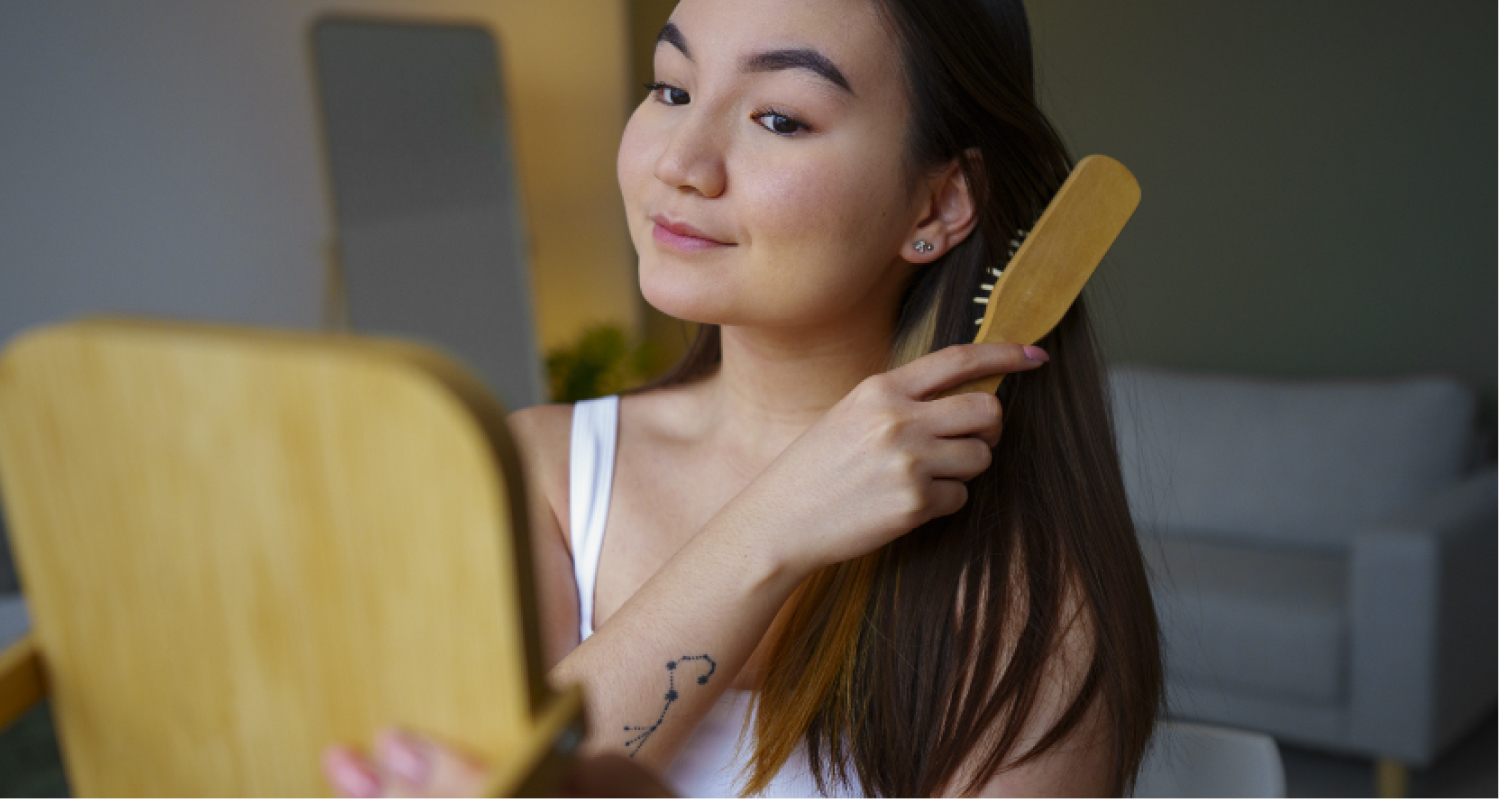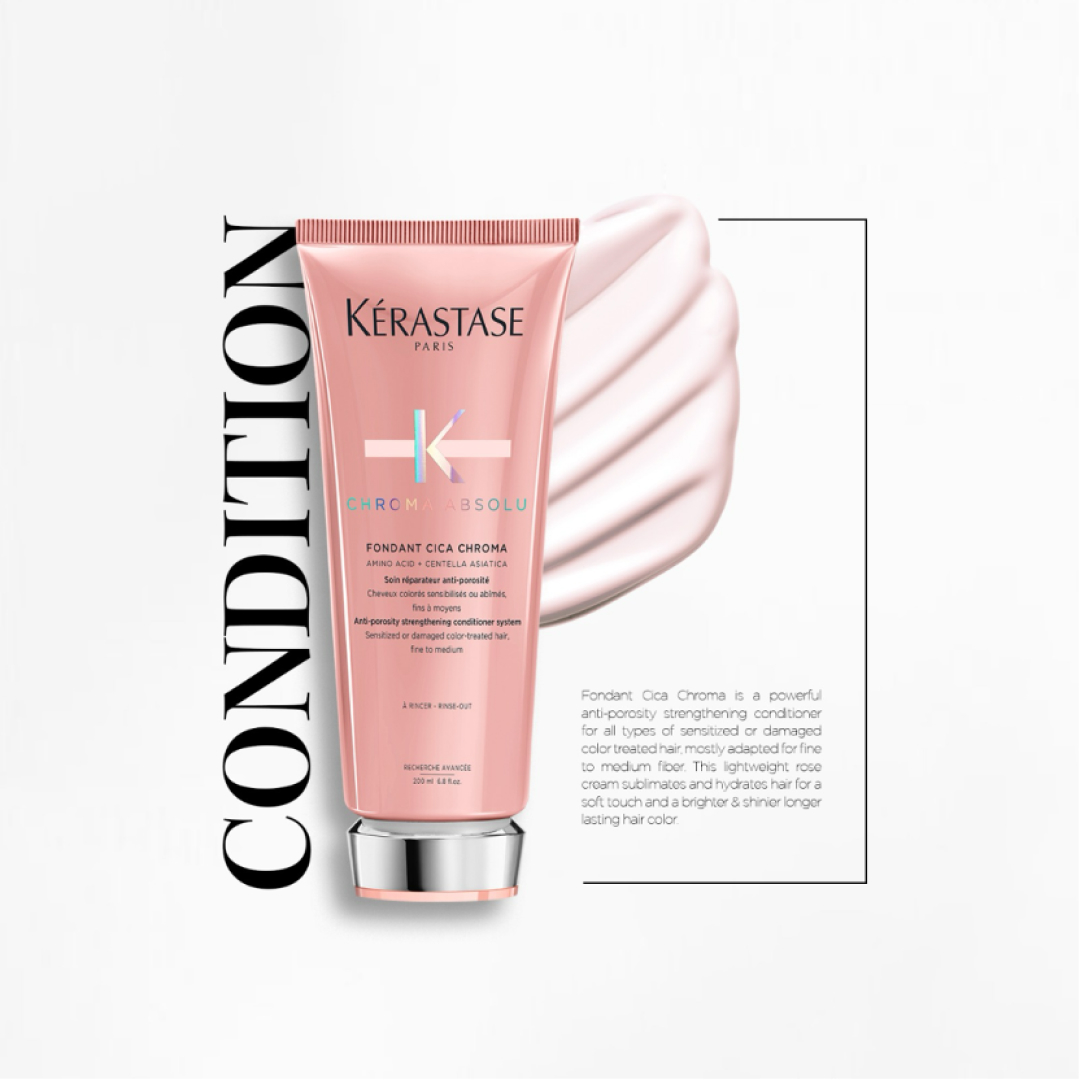Introduction
Taking care of your hair during the night is crucial for maintaining its health and beauty. Many people focus on daytime hair routines, but neglecting hair care at night can lead to significant damage. Implementing a night-time hair care regimen can prevent breakage, dryness, and other common issues, ensuring that you wake up with healthy, manageable hair.
During sleep, your hair is susceptible to various types of damage. Friction against pillowcases, tangling, and lack of moisture can all contribute to hair problems. These issues can result in split ends, frizz, and overall weakened hair. Understanding and addressing these problems is essential for maintaining strong and beautiful hair.

Understanding Hair Damage During Sleep
1.Friction and Breakage
Friction is one of the primary culprits of hair damage during sleep. As you toss and turn at night, your hair rubs against the pillowcase, leading to friction. This constant rubbing can cause the hair cuticle, the outermost layer of the hair shaft, to wear down. When the cuticle is damaged, it leaves the inner layers of the hair exposed and vulnerable to breakage.
2.Dryness and Dehydration
Hair can lose moisture during sleep, especially if you sleep in a dry environment or if you use heating or cooling systems that reduce humidity in the air. When hair loses moisture, it becomes dry, brittle, and more prone to breakage. Dry hair also tends to be frizzier and more unmanageable.
3.Tangles and Knots
Tangles and knots are common problems for many people, especially those with longer hair or curly hair. When hair is left loose during sleep, it can easily become tangled as you move around. These tangles can be difficult to manage and often lead to breakage when you try to brush them out in the morning.
By understanding the common causes of hair damage during sleep—friction, dryness, and tangling—you can take proactive steps to protect your hair and maintain its health and beauty. Incorporating these protective measures into your night-time routine will help you wake up with healthier, more manageable hair every day.

Night-time Hair Care Routines
1.Brushing Your Hair Before Bed
Brushing your hair before bed is a crucial step in maintaining its health and appearance. This simple act can help to distribute natural oils from your scalp throughout the length of your hair, providing essential moisture and reducing the likelihood of breakage and split ends. Here are some key points to consider:
- Use the Right Tool: Opt for a gentle, wide-tooth comb or a brush designed for your hair type. Boar bristle brushes are excellent for distributing oils, while detangling brushes can help prevent breakage for those with fine or easily tangled hair.
- Be Gentle: Start by gently detangling the ends of your hair and work your way up to the roots. This method minimizes pulling and reduces the risk of breakage.
- Frequency: Brushing your hair nightly can keep it smooth and manageable, but be careful not to overdo it, as excessive brushing can lead to damage.

2.Applying Leave-In Conditioners and Oils
Incorporating leave-in conditioners and oils into your night-time hair care routine can make a significant difference in the health and appearance of your hair. These products provide additional moisture, protection, and nourishment, helping to combat dryness and damage. Here’s how to make the most of them:
- Choose the Right Products: Select a leave-in conditioner and oil that suit your hair type and needs. For example, those with fine hair might prefer lightweight, non-greasy formulas, while thicker, coarser hair types may benefit from richer, more hydrating products like kerastase shampoo.
- Application: Apply a small amount of leave-in conditioner or oil to your hair, focusing on the ends and any particularly dry or damaged areas. Avoid the roots to prevent your hair from looking greasy.
- Consistency: Regular use of these products can help maintain moisture levels, reduce frizz, and protect against environmental damage.
3.Protective Hairstyles for Sleep
Adopting protective hairstyles at night can significantly reduce hair damage and tangling. These styles help keep your hair contained, reducing friction and movement as you sleep. Here are some popular protective hairstyles for girls and tips for implementing them:
- Loose Braids: Braiding your hair loosely before bed can prevent tangles and knots while adding a touch of natural wave to your hair. Avoid tight braids, which can cause tension and breakage.
- Hair Bun: A loose bun at the top of your head can keep your hair secure and minimize friction. Use a soft scrunchie or a hair tie designed to prevent breakage.
- Twists: Twisting your hair into two or more sections can protect your hair from tangling and add texture. This style is particularly beneficial for those with curly or coily hair.
- Pineapple Method: For those with curly hair, the pineapple method involves gathering the hair into a loose, high ponytail on top of the head. This method helps preserve curls and prevent tangles.
- Night-time Caps and Bonnets: Using a silk or satin cap or bonnet can provide an extra layer of protection. These coverings reduce friction and help maintain moisture, especially when combined with other protective hairstyles.
By incorporating these night-time hair care routines into your regimen, you can protect your hair from common forms of damage and ensure it remains healthy and beautiful. Consistent care and the right techniques will help you wake up with well-maintained, manageable hair every morning.
Quick Tips for Newcomers to Night-time Hair Care
- Start with simple steps like brushing your hair and using a silk pillowcase.
- Gradually introduce new products and routines to see what works best for your hair.
- Consistency is key to seeing long-term benefits in your hair’s health.
Conclusion
Night-time hair care is essential for preventing damage and maintaining healthy hair. By understanding the common causes of hair damage during sleep and implementing effective routines, you can protect your hair and ensure it remains strong and beautiful. Don’t underestimate the impact of night-time hair care. Simple changes to your routine can make a significant difference in the health and appearance of your hair. Start tonight and see the benefits for yourself.
FAQ
It depends on your hair type and personal preference. Washing too frequently can strip your hair of natural oils, so aim for 2-3 times a week if possible.
Sleeping with wet hair can increase the risk of breakage and tangling. If you must sleep with wet hair, consider braiding it or using a hair wrap to minimize damage.
Choose a leave-in conditioner that is lightweight and suitable for your hair type. Ingredients like argan oil, coconut oil, and shea butter are excellent for providing moisture and protection.




